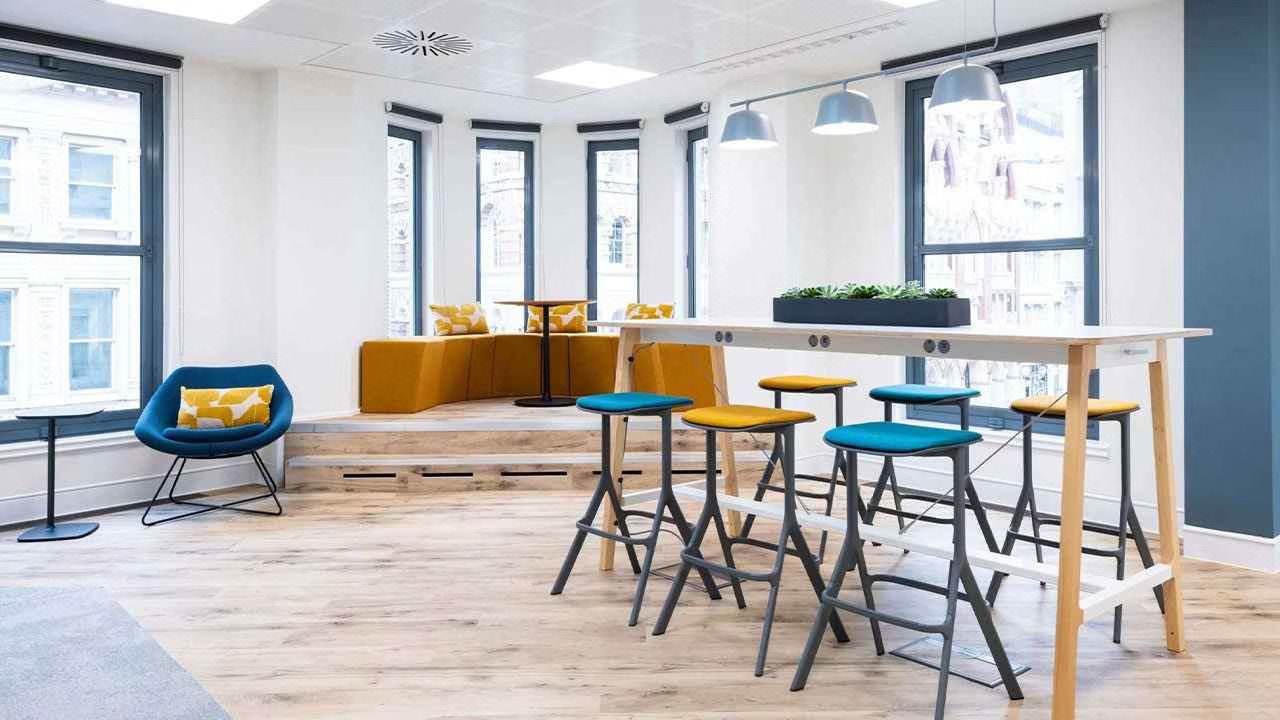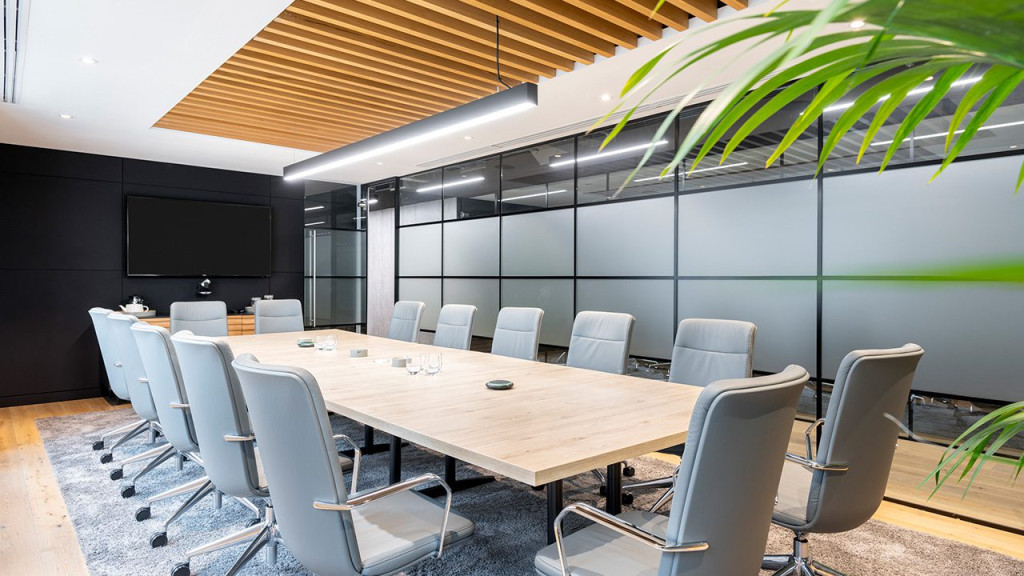Office Refurbishment Costs
Refurbishing existing spaces is often seen as more cost-effective and logistically feasible compared to moving to new offices. However, often refurbishment carries a premium due to the complex logistics involved and the need to accommodate ongoing business operations. Such undertakings usually demand longer timeframes, exacerbated by challenges like health and safety considerations, managing ingress and egress, and scheduled power outages for re-wiring. Furthermore, accurate cost estimations typically necessitate an on-site assessment, given the unique complexities each refurbishment project presents.
As an office design and build company with extensive experience in London, the UK and Europe, we’ve noticed a marked increase in clients looking to refurbish their offices. This aligns with a growing emphasis on sustainability and adapting to hybrid working models. Additionally, refurbishments involve complex logistics, especially in occupied buildings, where maintaining business operations is crucial.
Factors like the age of the building, the complexity of its systems, and specific corporate needs significantly influence the costs. Enhanced ventilation systems, once a luxury, have become essential for health reasons, adding to the complexity and cost of refurbishments. For a detailed understanding of office refurbishment costs, it’s important to consider these factors and conduct on-site assessments due to the unique nature of each project.







